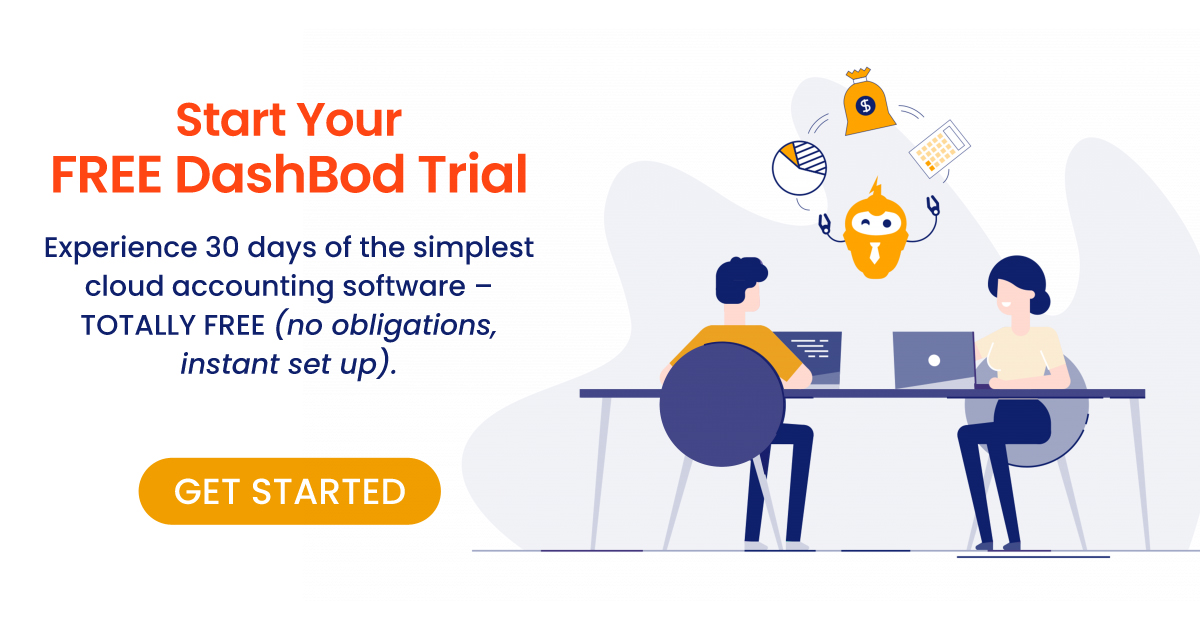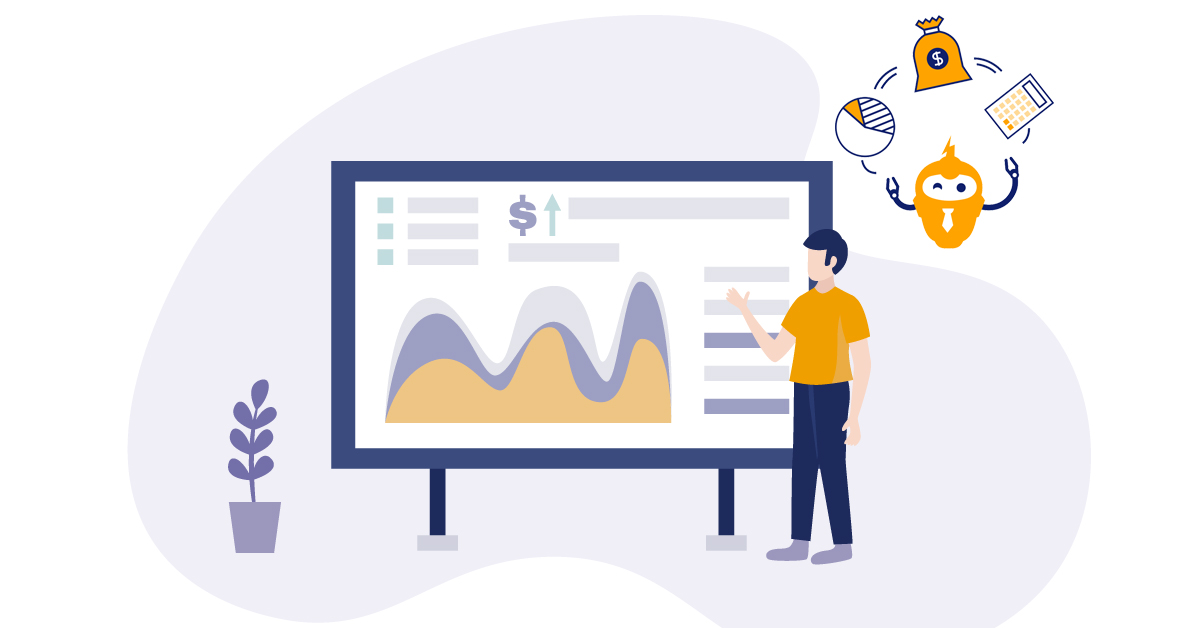Predict your growth.
Foresee your risks.
Estimate your earnings.
Any sane business owner will jump on a proposition like that. Lucky for you, it’s possible to project your cash flow with a business forecasting software and a cloud accounting system.
Guide your critical business decisions with data
A revenue forecast is like a roadmap for your business. It can help you get to your business goals and avoid disruptions, using information collected in the past.
It’s no secret that having more accurate data leads to better decision making. But the question isn’t how do you get accurate data. The question you should be asking is how do you use this data to power your business forward?
Plan with actual numbers, not rough budgets
When you begin the typical budget process, most companies establish the initial top-down numbers based on strategic objectives like sales, expenses, inventory, cash flow etc.
You take certain assumptions, run some calculations and generate another set of numbers to be incorporated into the next cycle’s budget. It’s a sound concept. But why react only at the end of the cycle?
Forecasting collects data from the past and responds to your business’ needs in the present. For example, you may be picking up more projects and generating more revenue in the last few weeks than you anticipated in your quarterly budget. You worry that you might not be able to fulfil on all of them.
With forecasting, you can see this and decide if you have the bandwidth to pull through or the resources to take on more staff. Maybe even outsource, to meet the demand and keep growing.
That’s why many small businesses have turned to business forecasting tools. When linked with your accounting software, there’s a constant flow of data between the two to help you spot problems and opportunities.
Compare scenarios to prepare for the future
This is more commonly known as what-if scenarios. With a business forecasting tool attached to your cloud accounting software, you can create separate forecasts based on different growth rates, staffing levels and economic situations. Or you could have a stress test and see what would happen if you lose your biggest client(s).
Having something like this laid out on the table will help you and your management team determine if you have too many eggs in one basket or if you need to spread out your risks.
Some companies might realize too much was pegged to a certain key client and their revenue would destabilize if the account was lost. Or for a growing company, what rate of growth would be optimal and wouldn’t stretch resources too thin?
Preparing for crisis and coming up with contingency plans could save your business. Having a solid plan for expansion based on numbers could accelerate your ability to scale too.
Identify and eliminate risks before they become a problem
SWOT analysis… looking at your pipeline… market research… these are great ways to gauge your company’s position. But what you want is the insight to gain a competitive advantage to grow both in the short and long term.
And leading a business in a competitive climate requires establishing a strategy based on risk. Activities and decisions made should depend on pre-set goals, industry outlook and existing forecasts. The more detailed these forecasts, the more effectively a company can manoeuvre to excel.
You might be interested in: Advice from a CFO: It’s not you or your team, it’s your accounting system software
Optimize your processes and get more done, faster
For small businesses, resource allocation is key. A company that has P&L forecasts and balance sheet forecasts know which part of the business needs focus, and how much.
Considering that your business has a lot of interdependencies. By optimizing the various parts, you can increase output and grow faster.
Inventory management
Here’s a question for businesses in the product industry: How do you know the best times to re-order inventory? When stocks hit a certain number? Well, that’s a little risky because a small supply chain disruption and you’re stuck.
With a cash flow forecasting software, you can compare the probable demand with the cost of storing unused inventory. This way, you can make more accurate decisions about the inventory you will need and maximize your cash flow.
Manage cash flow better
The true beauty of this new wave of accounting software is real-time insights. Most cloud accounting systems will have a live dashboard that provides you with instant visibility of your vital signs.
Like how much is your current cash flow, how much money you owe and how much is owed to you. This financial transparency in a simple pictorial view is paramount to running a good business. It ensures business owners can make better decisions in the moment.
A business forecasting software syncs dynamically so you can see your accounts in real-time. Whether it’s receivables, payables or recurring expenses, good management is always on top of their financial position.
You might be interested in: Common cashflow problems when scaling your business in Singapore and how to solve them
Reporting
Useful projections are available with just a few clicks. This means you can take advantage of projections as often as you would like. In a small scaling business, the last thing you want is wasting your precious time figuring out complicated systems and fiddling with complex risk assessments. Only to get a bunch of numbers you don’t understand…
Smart forecasting software, like DashBod, take care of the nitty-gritty details, leaving you with immediate, actionable projections.
Business forecasting is a gateway to growth
Most small businesses treat accounting as a retrospective activity. Using accounts from historical data is restrictive to growth.
Having an outlook of the future is more than crystal-ball gazing. It’s showing you how the year might unfold based on different scenarios so you can make bolder, more solid strategic plans.
Test it out and see how it can help grow your business.



